Dear Stephen,
I’m very interested in your approach to treating chronic stealth infections with herbs and have just ordered your book Healing Lyme. I understand that you look at other co-infections in your book and I would be very interested to know if you have any experience of treating infections particularly mycoplasma and chlamydia pneumonia with herbs? Many thanks.
Stephen’s response:
These kinds of bacteria respond well to lomatium, a very strong antibacterial and antiviral plant. Normally though, herbs work best in combinations; they are not silver bullets like antibiotics. So, normally for lung infections that these kinds of bacteria cause I would use a tincture combination something like:
• lomatium 1 part
• licorice 1 part (antiviral, antibacterial, stimulates interferon production, soothing to lung tissues)
• inmortal 2 parts (stimulates lymph drainage from the lungs, strengthens tissues)
• elephant tree 2 parts (antibacterial for lung tissue, strengthens tissues)
But normally I design each tincture around the particular symptom picture the person has. There are literally hundreds of combinations that will work for lung infections, mild to severe in scope.
I would generally suggest the use of red root tincture and a general immune tonic such as eleutherococcus or astragalus when treating such lung infections.
Stephen
-
Stephen Harrod Buhner was an Earth poet and an award-winning author of twenty-four books on nature, indigenous cultures, the environment, and herbal medicine including the acclaimed book Healing Lyme: Natural Healing & Prevention of Lyme Borreliosis & Its Co-infections.
Stephen came from a long line of healers including Leroy Burney, Surgeon General of the United States under Eisenhower and Kennedy, and Elizabeth Lusterheide, a midwife and herbalist who worked in rural Indiana in the early nineteenth century. The greatest influence on his work, however, was his great-grandfather C.G. Harrod who primarily used botanical medicines, also in rural Indiana, when he began his work as a physician in 1911.
Stephen’s work has appeared or been profiled in publications throughout North America and Europe including Common Boundary, Apotheosis, Shaman’s Drum, The New York Times, CNN, and Good Morning America. Stephen lectured yearly throughout the United States on herbal medicine, the sacredness of plants, the intelligence of Nature, and the states of mind necessary for successful habitation of Earth.
He was a tireless advocate for the reincorporation of the exploratory artist, independent scholar, amateur naturalist, and citizen scientist in American society – especially as a counterweight to the influence of corporate science and technology.
View all posts

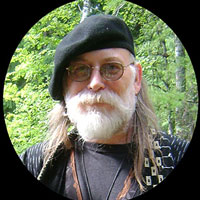
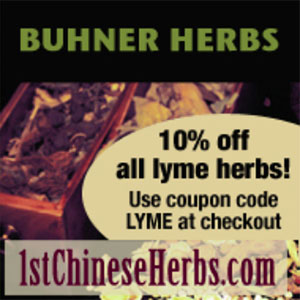


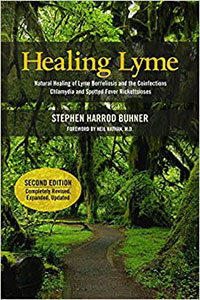
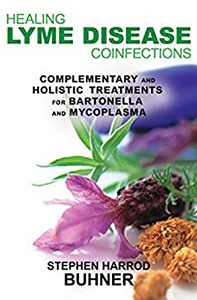
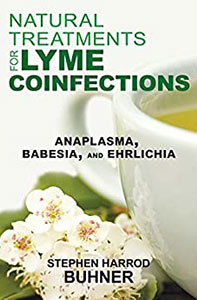
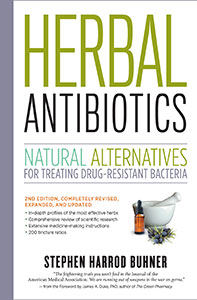
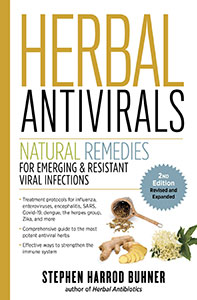



0 Comments